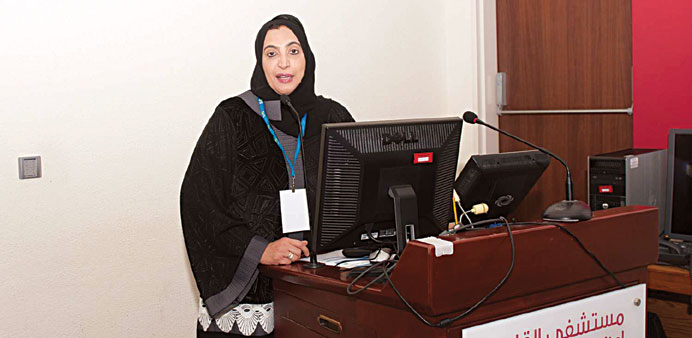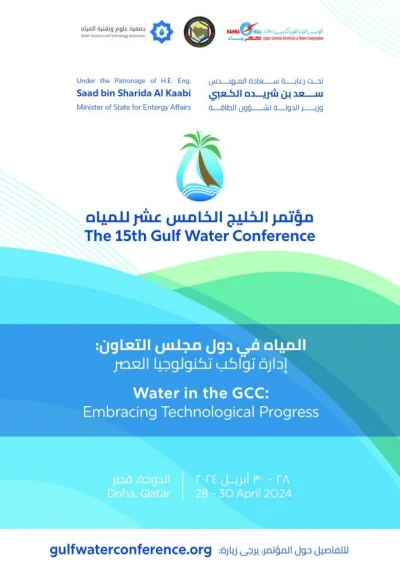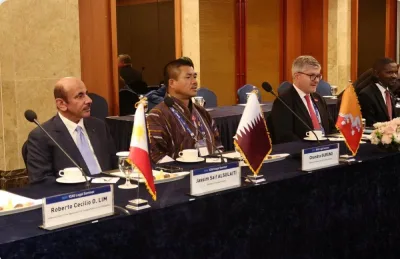The Hamad Medical Corporation’s Occupational Health and Safety (OHS) Department recently organised a conference to highlight the importance of ensuring radiation safety in interventional cardiology. Interventional cardiology is a branch of cardiology that deals specifically with the catheter-based treatment of structural heart diseases. Procedures performed by specialists in interventional cardiology include angioplasty, valvuloplasty, congenital heart defect correction, and coronary thrombectomy.
The one-day conference, organised by the radiation safety section in the OHS Department, in co-operation with the Cath-Lab at the Heart Hospital also encouraged radiation safety experts to correctly apply radiation protection principles in clinical practice.
More than 100 participants, comprising medical physicists, biomedical engineers and radiographers attended the symposium. There were three speakers at the symposium, which also focused on providing necessary information related to essential components of the safe use of fluoroscopic systems.
“The interventional cardiology procedures generally expose patients and staff to high radiation doses, especially from long time exposure to fluoroscopic substances, and due to greater number of images required to be captured during these procedures. This high exposure rate has raised concerns about the safety of patients and staff who administer such treatment on patients,” said Dr Huda al-Naemi, executive director, OHS Department.
She explained that some precautions or measures such as organising regular symposiums are necessary to equip radiation experts and staff with the right tools for preventing radiation hazard in general.
“We can prevent radiation hazard by regularly discussing key preventive measures and also by organising training for staff involved in radiation application about radiation protection techniques. We also need to find the best ways of minimising radiation exposure to staff and patients.”
Dr al-Naemi said participants acquired a clear understanding of how to link academic knowledge with the actual practice of safe use of radiation and ensuring protection against radiation hazard in the healthcare delivery system.

Dr. Huda al-Naemi speaks during the conference.


